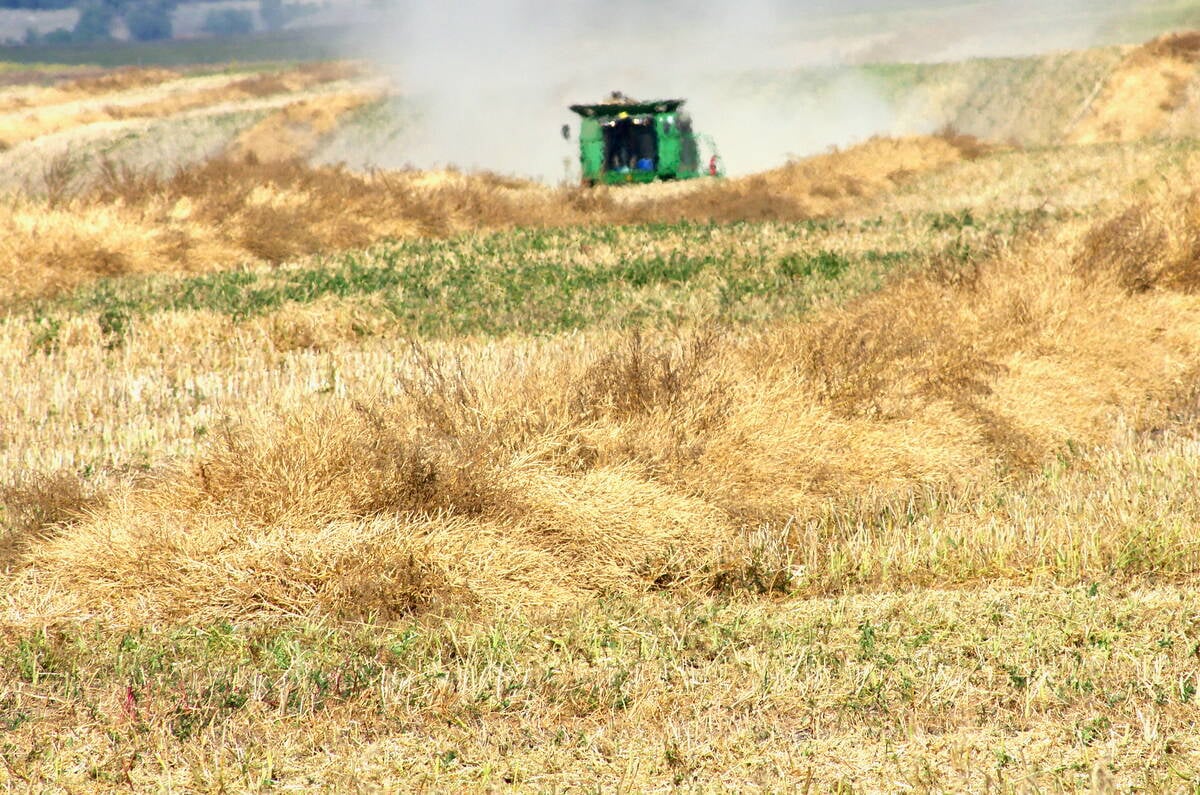International demand is helping increase enrolments at prairie agricultural colleges.
The increase has been as high as 10 percent in some schools.
“We’re having a pretty good spike in international numbers. I suspect that’s in all ag programs across Canada because we’re all looking at the international market as a growing audience for us,” said Crystal Jorgenson of the University of Manitoba.
“People are coming over wanting to get the North American training and then either go back to their country or stay here for opportunities… They’re coming from everywhere: Africa, Russia, Asia.”
Read Also

Manitoba searches for Plan B on canola oil exports
A new report explores Manitoba’s current canola oil trade and possible alternative markets to the U.S.
Dan Pennock, associate dean for academics at the University of Saskatchewan, said recruiting foreign students has become a deliberate strategy at Canadian universities.
“We know that the number of school leavers from Saskatchewan is declining and if we want to grow, or at least remain stable, then we have to tap other pools of students,” he said.
Several schools attributed increased enrolments to their current curriculum, additional programs and curriculum flexibility.
Some schools, such as Lakeland College, have undergone major overhauls to their agriculture curriculum.
As a result, Lakeland spokesperson Colleen Symes said enrolment has increased significantly in agriculture, especially in crop tech.
The school’s recent purchase of 10 quarters near the school has also helped enrolment, she said.
Dalin Bullock, chair of Olds College’s school of agriculture, said many agricultural schools are diversifying.
“Agriculture is becoming broader and it reaches out into many different programming areas.”
Pennock said a big change at his college in the last 10 years has been the addition of two more degree programs to the existing and long-standing bachelor of science and agriculture: the agri-business and renewable resource management programs.
“We also really diversified our product line, to use the farming parlance,” he said. “We’ve had substantial growth in those two new degree programs as well.”
Melody Brooks, recruitment officer at the University of Alberta, said agriculture enrolment is on an upward trend, which she attributed to three new animal agriculture based majors.
“Numbers are up around 10 percent over last year. The bulk of that increase is on the animal side of agriculture as opposed to the plant and crop side.”
Women far outnumber men, particularly in the U of A’s pre-vet and animal science programs.
“We’re running three quarters female. A lot of teenage girls want to work with animals,” she said.
Most agriculture students continue to come from rural backgrounds, but an increasing percentage come from an urban background.
“They usually have some connection to agriculture in their past or within their family,” Bullock said.
“As we know, there’s less and less people on farms. So we’re finding our enrolments are capturing more urban students than what we were several years back.”
Broader based marketing efforts are expected to continue as the number of graduates from rural high schools continues to decline.
Pennock said programs such as renewable resource management are a deliberate strategy to attract more urban students.
Bullock added that there’s a growing interest among the public about agriculture and food.
“Those types of things I think has sparked an interest and maybe further awareness to an urban population than maybe what there was five, six, seven years ago,” she said.
“Absolutely it’s a good thing.”















